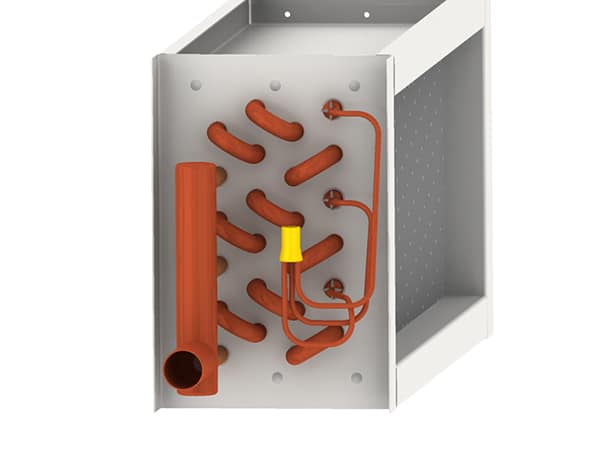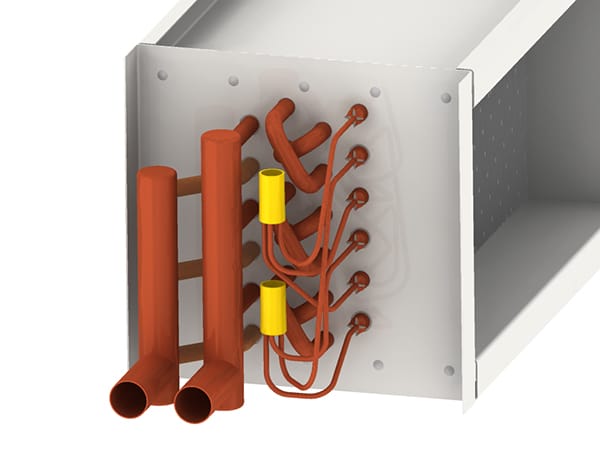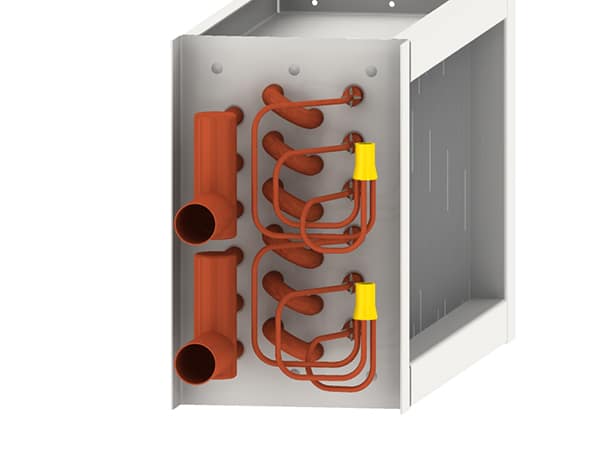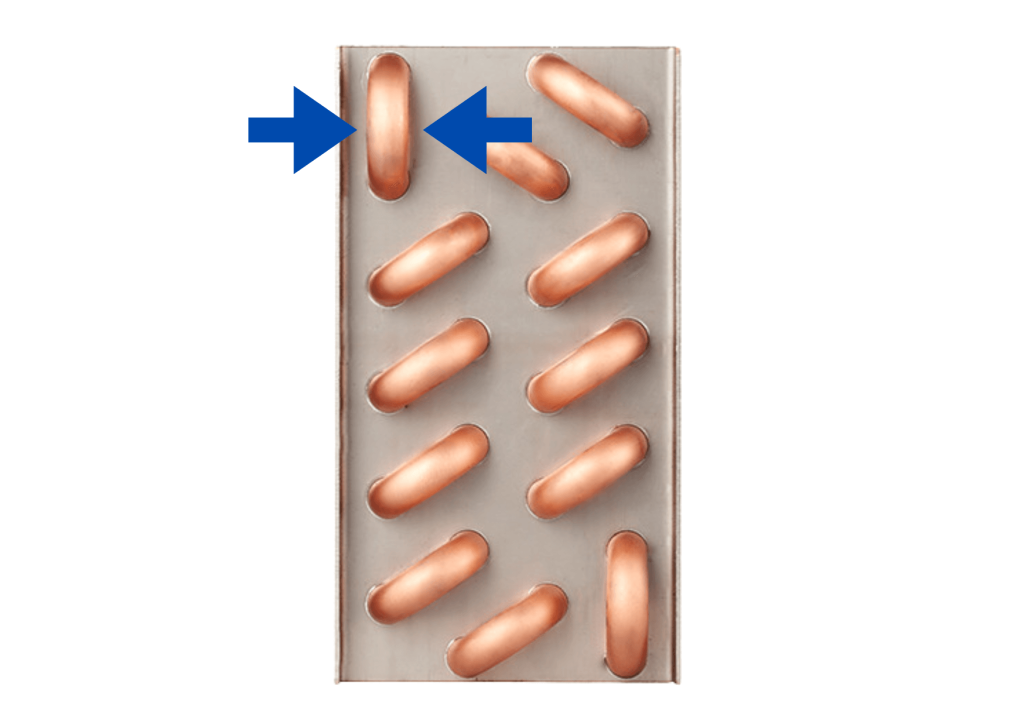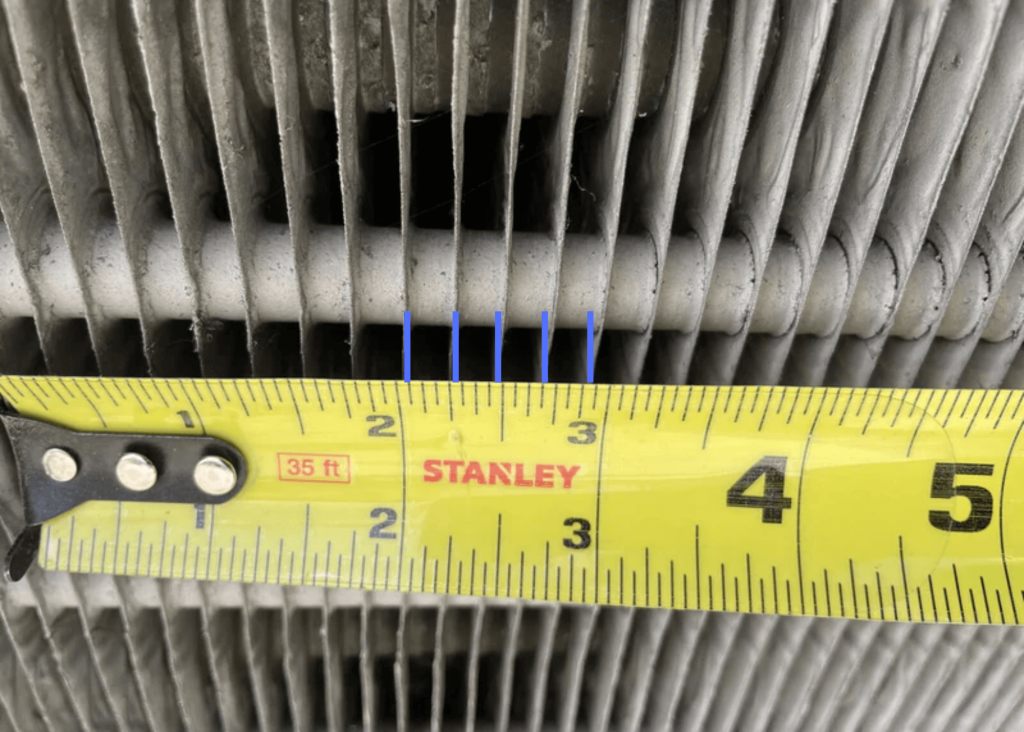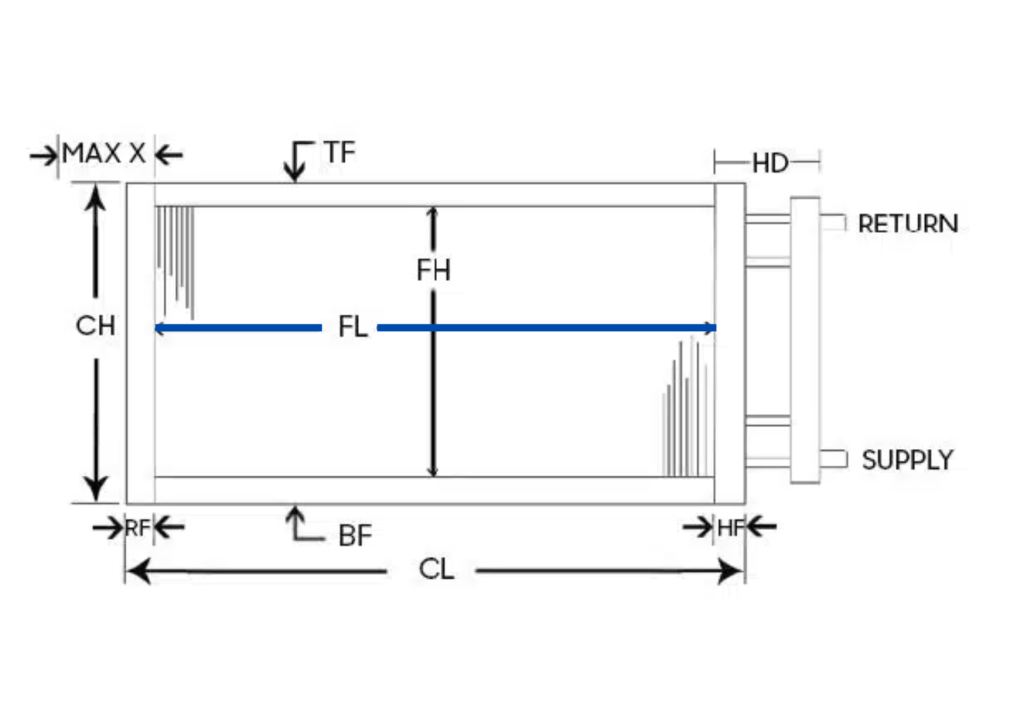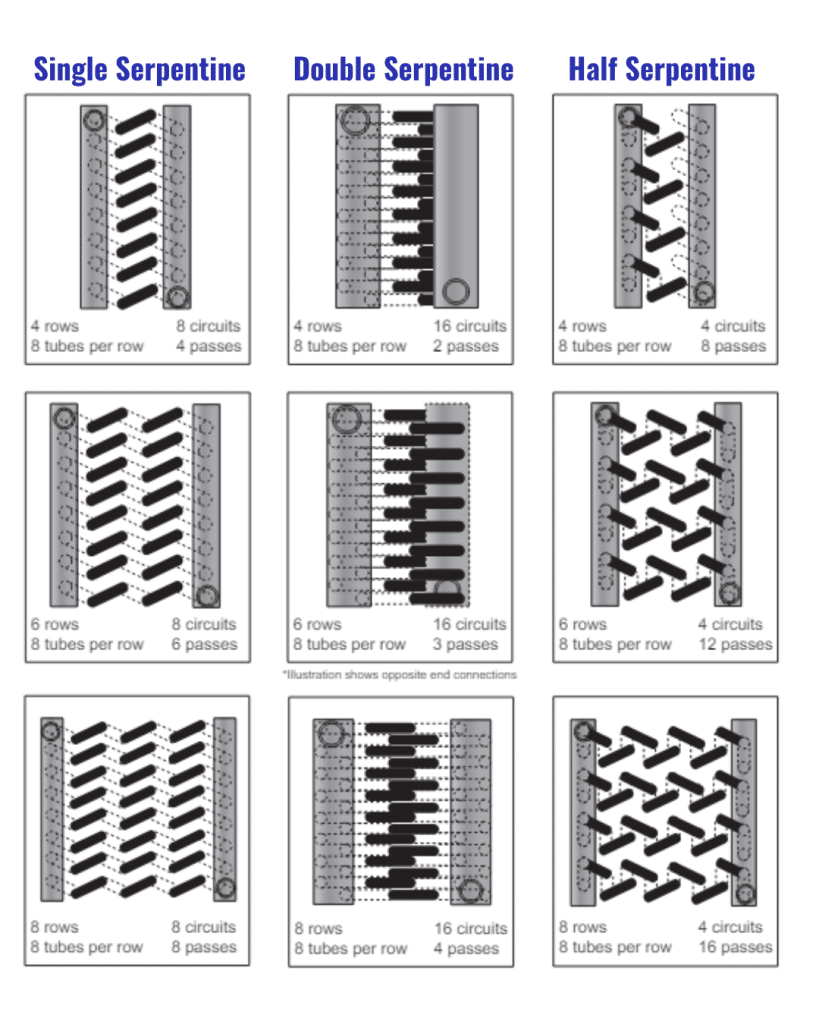Comefri USA
For over four decades Comefri Group has excelled in engineering, manufacturing and the worldwide distribution of centrifugal fans. Their fans are acknowledged around the world for their quality and performance. Comefri USA is the American business unit of the Comefri Group.




